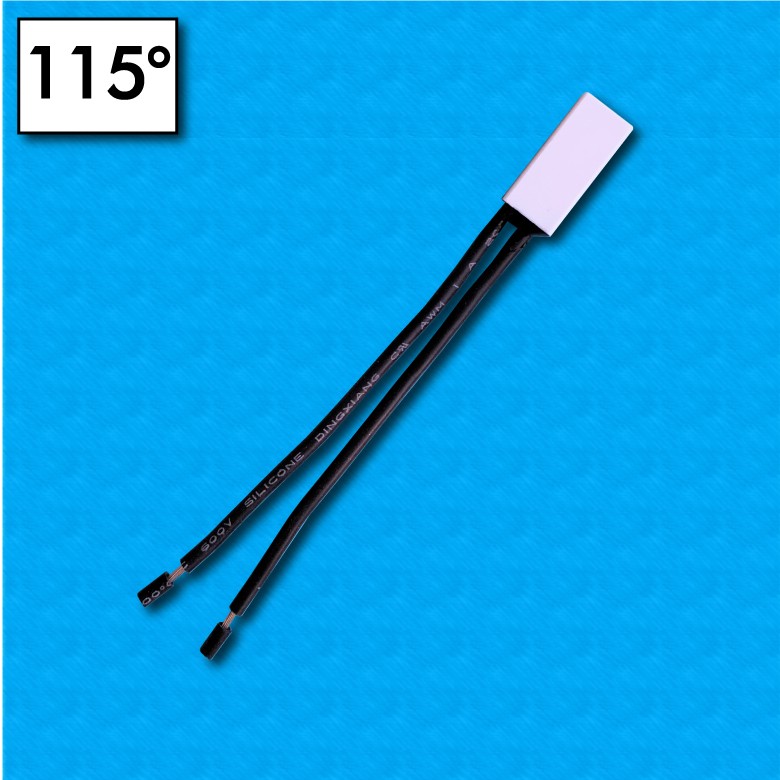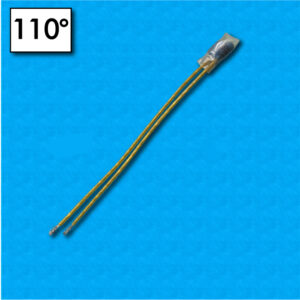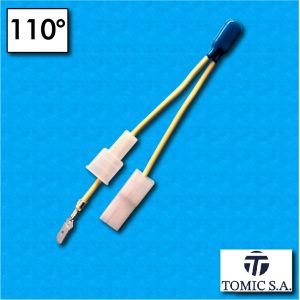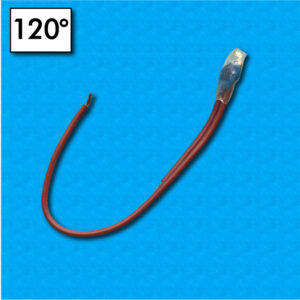Description
Download Scheda tecnica H20
GENERAL INFORMATION Bimetallic thermal protectors are constructed to protect electrical equipment against sudden and abnormal temperature rises. Their operation is mainly based on the expansion and contraction of the sensing element contained within the housing (bimetallic foil). As the temperature rises, the surface of the foil with the greater coefficient of expansion begins to lengthen: however, the natural extension of the foil is obstructed by the part of the foil with the lower coefficient of expansion. The two surfaces therefore begin to contract, until the more sensitive part flexes the less sensitive one.
OPENING CONTACTS At this instant, the sensing element quickly flexes (quick release), opening the contact and interrupting the power supply.
RESTORATION OF CONTACT When the temperature conditions prior to the danger threshold have been restored, the protector, using the same principles as above, but in reverse order, closes the contact again, allowing the circuit to be energized.
NO CONTACTS (Normally Open) In normally open contact applications, the process is reversed.
TYPICAL APPLICATIONS Electric motors, transformers, coils, audio-video amplifiers, household appliances, electronic boards (hard terminals), electrical equipment in general.
To learn more, click on the links in our articles:
WHAT CAUSES CONTACTS TO OPEN AND CLOSE IN A BIMETALLIC DEVICE
THERMAL PROTECTORS AND JOULE EFFECT
COMPRESSIVE STRENGTH
TEMPERATURE TOLERANCE
THE SENSITIVE SIDE OF THE PROTECTOR
RESET AND AMBIENT TEMPERATURE
CONTACT OPENING AND CLOSING OR ON/OFF?
CYCLES: THE LIFE OF A THERMOSTAT
SAFETY IN ELECTRIC BLANKETS
WHAT HAPPENS TO THE THERMAL PROTECTOR IN THE EVENT OF A FIRE?
PRODUZIONE CINIESE SIGNIFICA PER FORZA BASSA QUALITA’?
ENGINES AND PAINT
IP68 THERMAL PROTECTORS
THE DOWNGRADE IN DETAIL
THERMAL PROTECTORS WITH DUAL PROTECTION














